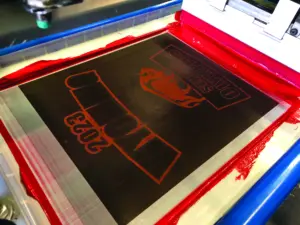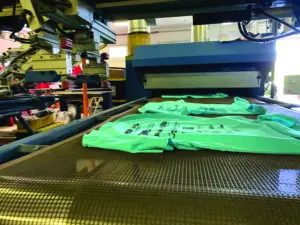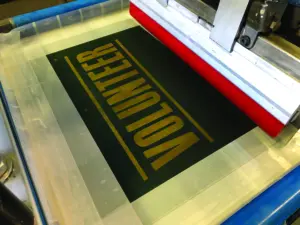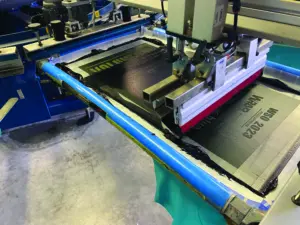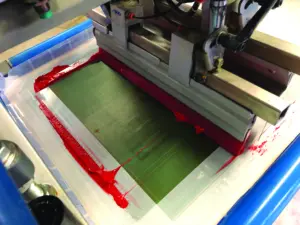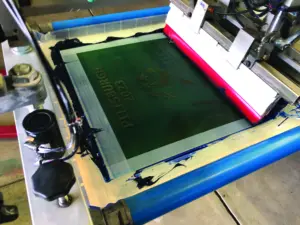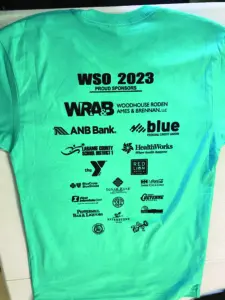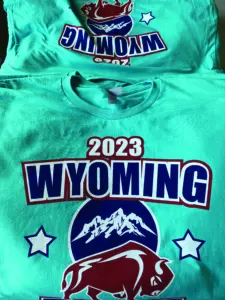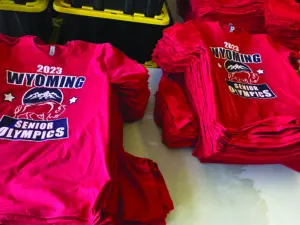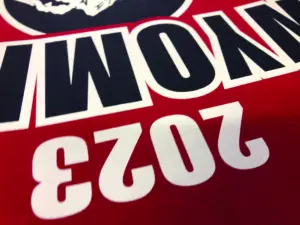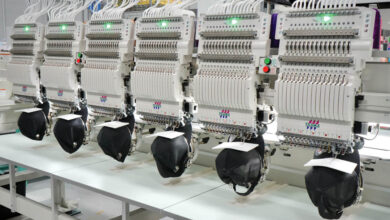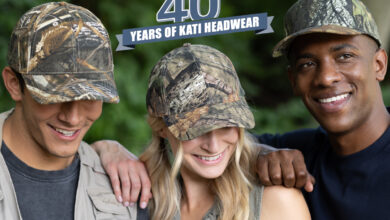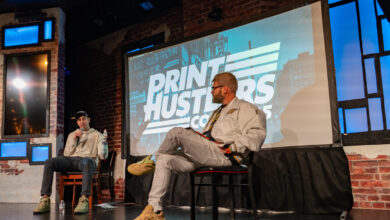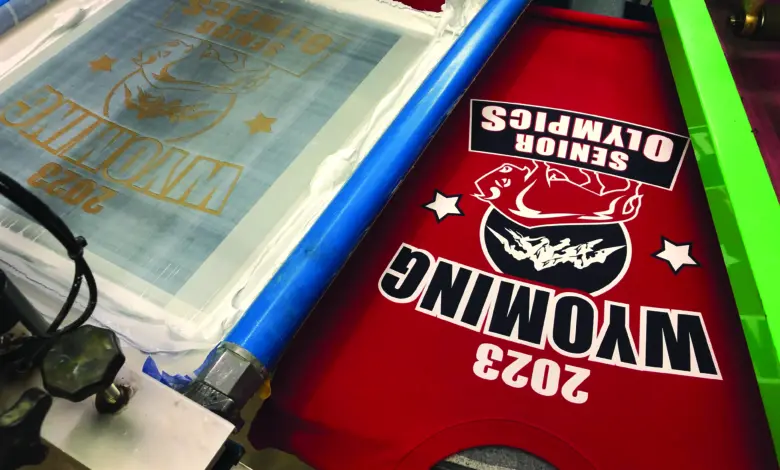
The Wyoming Senior Olympics (WSO) promotes health and fitness for those over 50. Not to date ourselves, but this sounds like our kind of organization. The WSO is a member of the National Senior Games Association (NSGA). Wyoming is a qualifying state for the NSGA events.
The WSO is designed to allow those of us in our prime and older to compete in a variety of events. The games feature over 20 sports, including swimming, track and field, pickleball, tennis, golf, team sports, and more.
In 1985, a group of seven men and women formed the original leadership for what was known as the U.S. National Senior Sports Organization. The vision was to promote healthy lifestyles for adults through education, fitness, and sport. With the help of individuals who were running games for seniors in 33 states, they planned the first National Senior Olympic Games in 1987.
The games were successful with 2,500 competitors and over 100,000 spectators. The next year, 3,500 seniors competed and received national media coverage. For about 10 years thereafter, NSGA called its signature event The Senior Olympics.
The NSGA exists today as a non-profit organization dedicated to motivating active adults to lead a healthy lifestyle through the senior games movement. The Games, for men and women 50 and over, is the largest multi-sport event in the world for seniors. NSGA member organizations hold annual games with qualifying competitions in the year preceding from individual states.
The Wyoming Senior Olympic Committee supports the belief that participation in athletic events has a positive
physical, psychological, and social benefit. The WSO, through the spirit of competition, promotes health and wellness for adults through a more active lifestyle and works to erase the myths of life ending after 50.
50-plus merch in a pinch
We had no idea until an old friend reached out for a project for the WSO. Sometime this spring, he asked us if we would be interested in providing the merch for the games. Of course, we were. We really didn’t pay much attention and should have probably followed up. Later this summer, we got the text. “Didn’t you get my email about the games?” Uh… no? “They start next week!” Of course, they do. So the fire drill began.
After rearranging our production schedule, we received the file as a PDF. The color theory was nice and simple with primary colors and white. There would be three different backs on for different colored tees. The participant shirts would be red and amounted to about 1,200 while the smallest run of lime shirts for the volunteers
numbered only 24.
The fronts were all the same on the multiple colors. Or were they? Upon further investigation, we found they were not. A different setup on each color. Not ideal. Somewhat clever for design purposes, but not practical at all for production.
It wasn’t going to work. We opened the file in Adobe Illustrator. Though Illustrator wasn’t necessarily created for us screen printers, it does give us the power to maintain craftsmanship on a professional level. Clean, sharp, strong graphic, vector results for a simple, bold design.
Lucky for us, this was created using layers and, believe it or not, already in spot colors and fonts converted to outlines. Unusual, but nice. Easy breezy!
We would reconfigure and re-color all the outlines and colors to work on anything, like using navy and white for a dark or light edge. The client had no problem with these adjustments.
Since this wasn’t a complex design full of halftones, it was a relatively easy white printer or base plate to build. But for it to run smoothly on press, we would need to add our chokes and gutters. There wasn’t any reason to put a base under the navy.
Many times, we won’t base darker colors for a nicer feel and hand on final print. We added gutters between colors on the base that were butted next to each other to reduce movement, which reduces smearing.
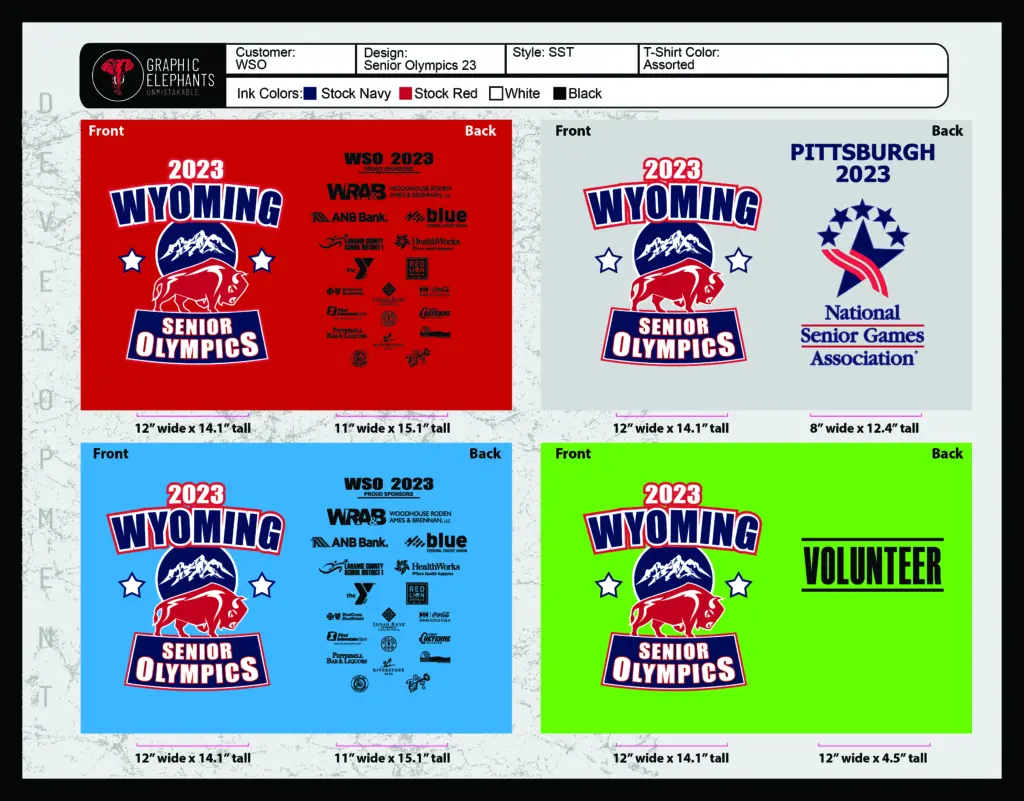
We knocked the red in the base into a 50 percent halftone as well for the same reasons. The control over the white printer’s chokes, gutters, and halftones were invisible to the eye, kept white from peeking out on the edges, and allowed us to run all wet on wet after a single flash.
Once seps were completed, we outputted on CTS (Computer to Screen) with a frequency of 55 lpi (lines per inch) at our standard 22.5-degree angle. We ran the white on a 156 tpi at 35 N/cm2 tension using 65/90/65 triple-ply dual durometer squeegee followed by a flash and smoothing heated iron.
Next, the RFU navy, red, and the highlight white all wet on wet on 230s at the same tension using 75/90/75s. The setup was fairly simple using our registration system and went up in under 15 minutes. Just a couple of minor micro adjustments.
Once set up, all ran well. The Wyoming Senior Olympics was held in Cheyenne on Aug. 8-10 with 500 athletes competing, and it served as a qualifier to compete at the National Senior Games. Competitions were held in age brackets from 50 to 100+.
The 2023 theme, Bridging Champions Through the Ages, highlights the many ways these active, older athletes impact the generations. This theme highlights the NSGA’s mission to promote well-being that goes beyond hosting athletic competitions.
The WSO hopes their examples inspire all aging adults to remain active for life, whether they choose to play a sport or do something else recreationally.
